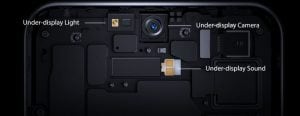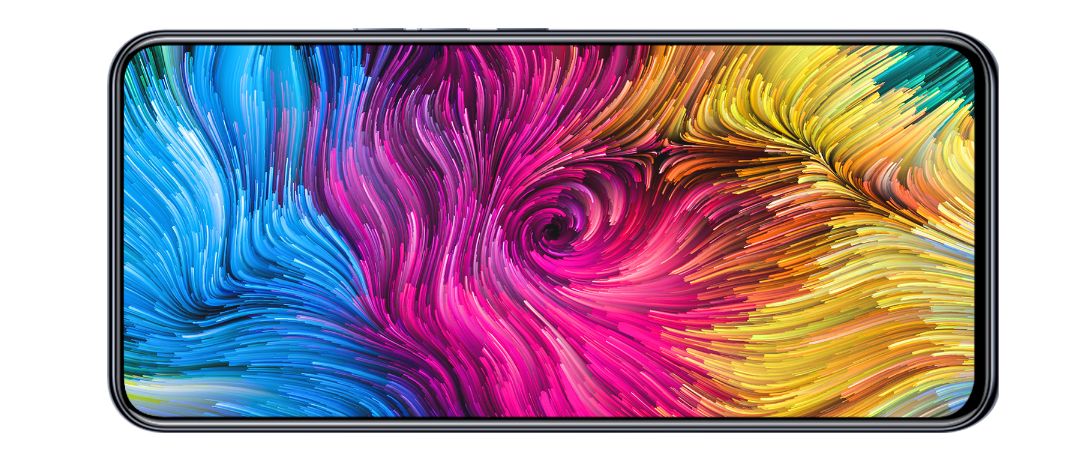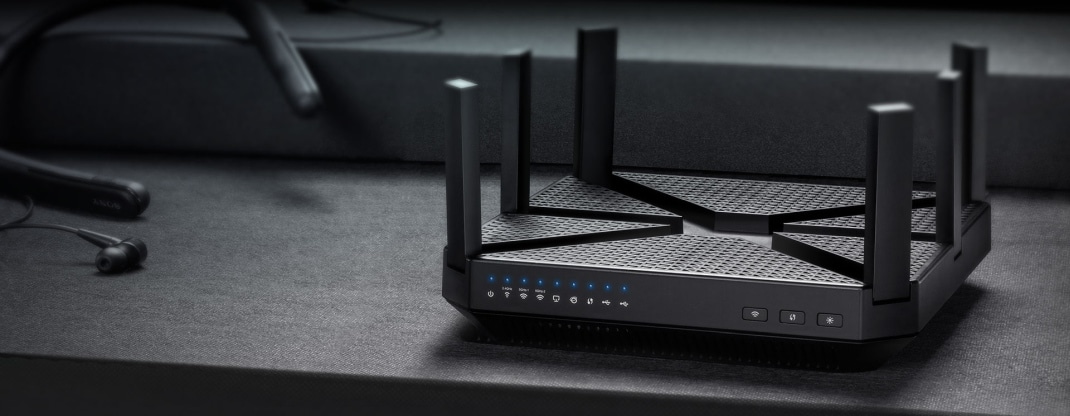Smartphone manufacturers have used several approaches to make smartphone screens edge-less. The first one was the notched display, while more recent ones included less obstructive, punch-hole display designs. Pop-up cameras used motors to achieve edge-less screens however, none of these approaches was perfect. A notched screen or one with a punch-hole camera is distracting, and technologies such as the pop-up camera make phones heavier and repairs, harder. An ingenious solution is putting the front camera under the display. It may have been impossible till recently, but it might be a reality soon.

Concepts of in-display camera smartphones are all over the web. The technology quickly picked up pace after Oppo demonstrated it at the Mobile World Congress in 2019. Oppo said the technology is almost being perfected, but it looks like ZTE, a Chinese smartphone brand has already figured how to make perfect in-display camera phones.
The ZTE Axon 20 5G is the first commercially available smartphone to use a 32MP, in-display camera, without a notch or punch-hole. The phone is not expected in India, but it tells how the technology works and how future smartphones could look. Here is everything about in-display camera technology. The fundamental technology behind in-display cameras is similar. The camera sits under the smartphone’s OLED panel, where light reaches the camera sensor through the gaps between the pixels. Manufactures have made tweaks to ensure the in-display camera works like any other selfie camera.
The screen area in front of the camera has lower resolution than the rest. Fewer pixels mean more gap between them, allowing for more light to pass. The OLED panel can also turn off individual pixels allowing the semi-transparent display to let more light through.
Manufacturers are also using highly transparent screen materials to increase the light flow. The new material includes organic and inorganic films, with built-in polarizers to cut away reflections and refractions. Manufacturers like ZTE use built-in dual-control chip and integrated driver circuits to balance the colour synchronization between the front camera and the screen. ZTE says the chip also helps filter light and colour distortion the camera experiences from the screen. This ensures good photo quality.
Software optimization are also required to ensure the in-display cameras work like the traditional ones. AI algorithms are being used ensure the in-display camera works well in varied lighting conditions, by adjusting the contrast, exposure and other dynamic factors before capturing the picture.
The in-display camera technology will also allow smartphone manufacturers to experiment with different selfie camera positions. For example, they can hide the front camera at the centre of the screen, so the user makes direct eye contact with it. This can make video calling more immersive. We can also expect in-display web cameras in laptops too, making their screens fully edge-less too.
The technology can give future smartphones a premium, clean, glass slab-like look. However, the tech is still in its early stages. For example, the ZTE Axon 20’s in-display camera leaves a faint outline over the display.

Xiaomi has taken a different approach in solving the in-display camera’s screen outlining. The company recently announced that their 3rd generation Under-Display Camera technology uses smaller and a greater number of pixels to achieve the same pixel density above the camera as on the rest of the display to maintain screen consistently.
Smartphone manufactures are still perfecting the in-display camera technology. We can expect more in-display camera smartphones in 2021. We are excited to see this technology advance, and we can’t wait to see it in future smart devices. To keep yourself updated on such technology trends, keep following us here on www.reliancedigital.in.



